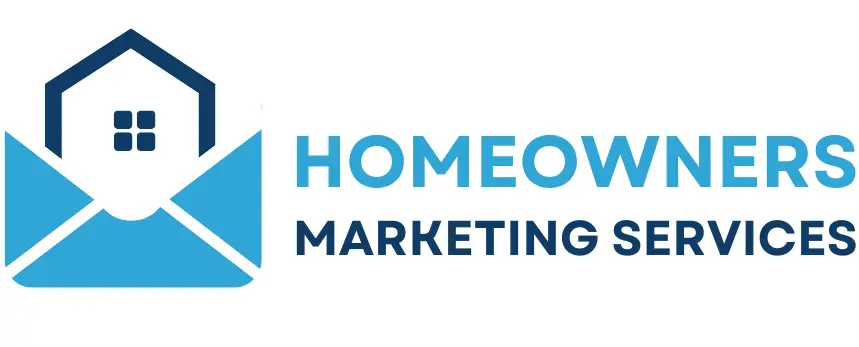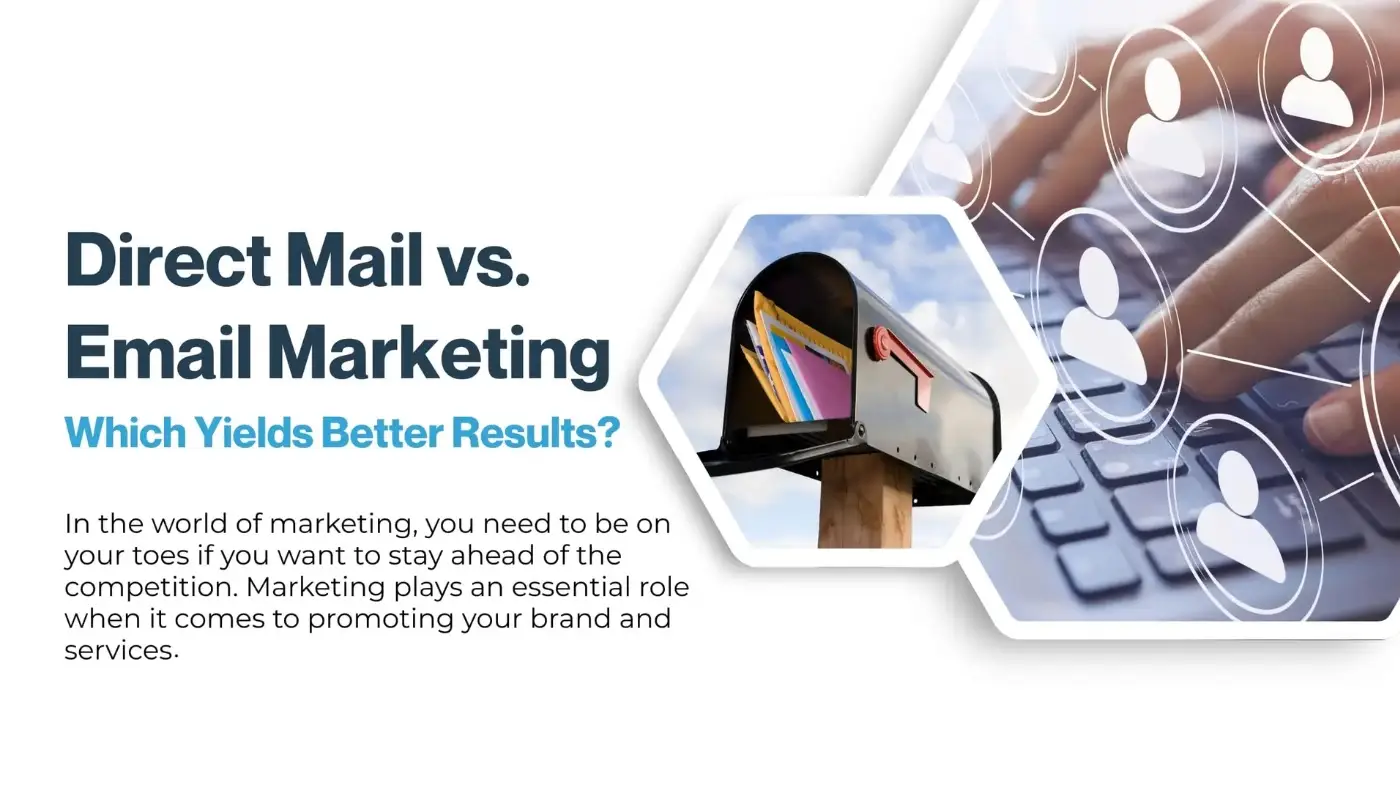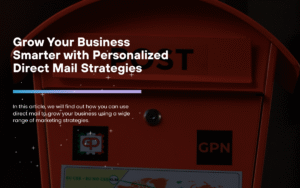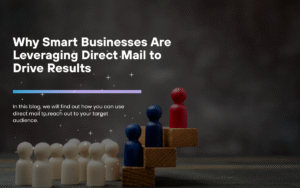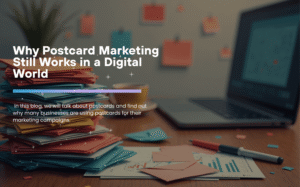In the world of marketing, you need to be on your toes if you want to stay ahead of the competition. Marketing plays an essential role when it comes to promoting your brand and services. However, most businesses are confused about whether to choose email or Direct Mail lists to reach out to their target audience, sparking the debate between email and Direct Mail marketing. In this article, we will analyze both marketing channels in great detail, trying to find out which marketing channel you should use for your brand promotion.
Visibility
There is no doubt that you can send a large number of emails in just a matter of seconds with a few simple clicks. However, due to spamming and phishing filters, these emails often never reach their destination, defeating the whole purpose of sending these emails in the first place. Direct Mail, on the other hand, stays in your mailbox until you take it out with your own hands. The fact that it is tangible significantly reduces the chances of it getting ignored. This is the reason why Direct Mail has a higher response rate than email.
Response Rates
Due to the sheer volume of emails received by an individual, the response rate for emails has dropped significantly, making digital marketers wonder whether they should revisit their marketing strategy. Direct Mail, on the other hand, has witnessed a significant spike in response rate in comparison to emails, especially when combined with QR codes and PURLs, increasing customer engagement. An average person hardly receives one or two Direct Mail pieces a day, which is significantly lower in comparison to emails, resulting in a higher response rate.
Personalization
With the help of artificial intelligence technology, marketing campaigns have become much more personalized. Both email and Direct Mail use AI technology to design highly personalized marketing campaigns based on consumer behavioral patterns. With the help of AI, businesses can now target a specific group of consumers, saving a lot of time and effort. Marketing campaigns are now tailored to meet the requirements of consumers based on several factors such as lifestyle, interests, and preferences.
Marketing campaigns have become much more sophisticated, benefiting both email and Direct Mail marketing. Even though emails certainly have an added advantage since they can adapt to consumer behavior quickly. Direct Mail is certainly not lagging when it comes to utilizing technology such as AI for personalized marketing campaigns.
Credibility
Emails are vulnerable to criminal use, such as hacking, making them a less trustworthy form of communication. Consumers have become more skeptical about receiving an email, compelling them to think twice before clicking on one. This has significantly hampered the efforts of businesses relying on emails for marketing.
Direct Mail, on the other hand, continues to enjoy the trust of consumers since it is a physical medium, a piece of mail inserted into their mailboxes, which they can hold and open at their convenience. Direct Mail has proven to be much more reliable in comparison to email, especially when it comes to sensitive information such as healthcare, finance, and insurance.
Rate of Interest
When it comes to cost, email marketing is the clear winner. You can launch a campaign for pennies per email, and with the right tools, manage lists and automation with minimal expense. For small businesses, it’s often the most accessible entry point to marketing. Direct Mail, however, involves printing, postage, and delivery costs. It’s more expensive per piece, but that doesn’t necessarily mean a lower return.
Because of higher response rates and stronger engagement, Direct Mail often delivers a better ROI for certain industries, especially when the customer lifetime value is high. For example, in industries like insurance, home services, and financial planning, one conversion from Direct Mail can easily justify the cost of a campaign.
- Email marketing has a lower upfront cost, making it ideal for startups and small businesses with limited budgets.
- Direct Mail incurs higher costs (printing, postage, design), but offers greater visibility and physical engagement.
- Despite the cost, Direct Mail often delivers a stronger ROI, especially in industries where each conversion is high value.
- Higher response rates (up to 9% for house lists) make Direct Mail more cost-effective over time.
- Best-fit industries for Direct Mail ROI include home appliances, furniture, water systems, financial planning, healthcare, and home improvement, where trust and personalization matter.
Technology Integration
In 2025, both channels are enhanced by new technology. Email integrates seamlessly with marketing automation platforms, CRM systems, and analytics dashboards. You can A/B test subject lines, trigger drip campaigns, and automate customer journeys. However, Direct Mail has evolved, too.
Smart mail platforms now allow marketers to trigger mail automatically based on user behavior, such as abandoned carts or website visits. QR codes and augmented reality (AR) make print interactive. Some platforms even provide delivery tracking and real-time campaign dashboards, just like digital channels.
Industry Use Cases
Some industries lean heavily on email for routine communication, like software companies, e-commerce brands, and online services. Email is perfect for newsletters, product updates, and flash sales. Direct Mail is dominant in industries where trust, locality, or timing are essential, such as insurance, healthcare, home improvement, and financial services. Direct Mail is also particularly effective for new mover marketing, where physical outreach creates local presence and drives immediate action.
Conclusion
The answer depends on your audience, budget, and goals. Email marketing is fast, affordable, and essential for ongoing communication. Targeted mailing lists are slower and more costly, but they break through digital noise and drive deeper engagement. The smartest marketers are not choosing one or the other—they’re combining both. A multi-channel strategy that integrates Direct Mail and email offers the best of both worlds.
For example, send a physical postcard with a QR code, then follow up with a personalized email. Or use email to warm up a lead, then seal the deal with a beautifully designed mailer. Ultimately, in a world where attention is the most valuable currency, Direct Mail offers what email often lacks: presence, permanence, and a human touch. Used together, they form a powerful one-two punch that no single channel can match.
